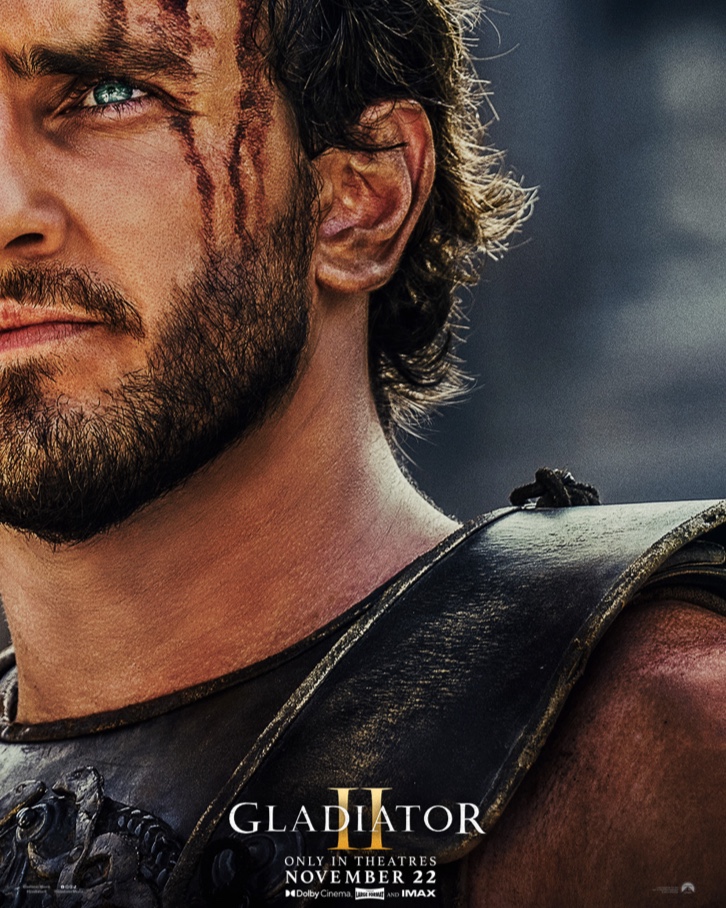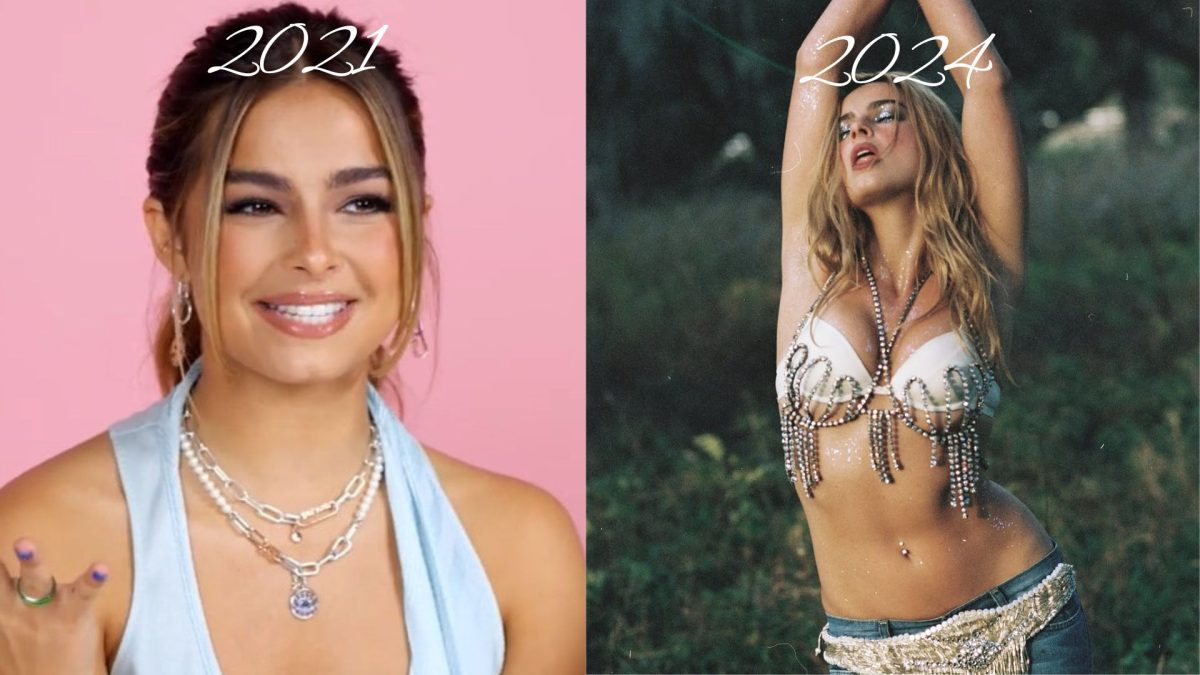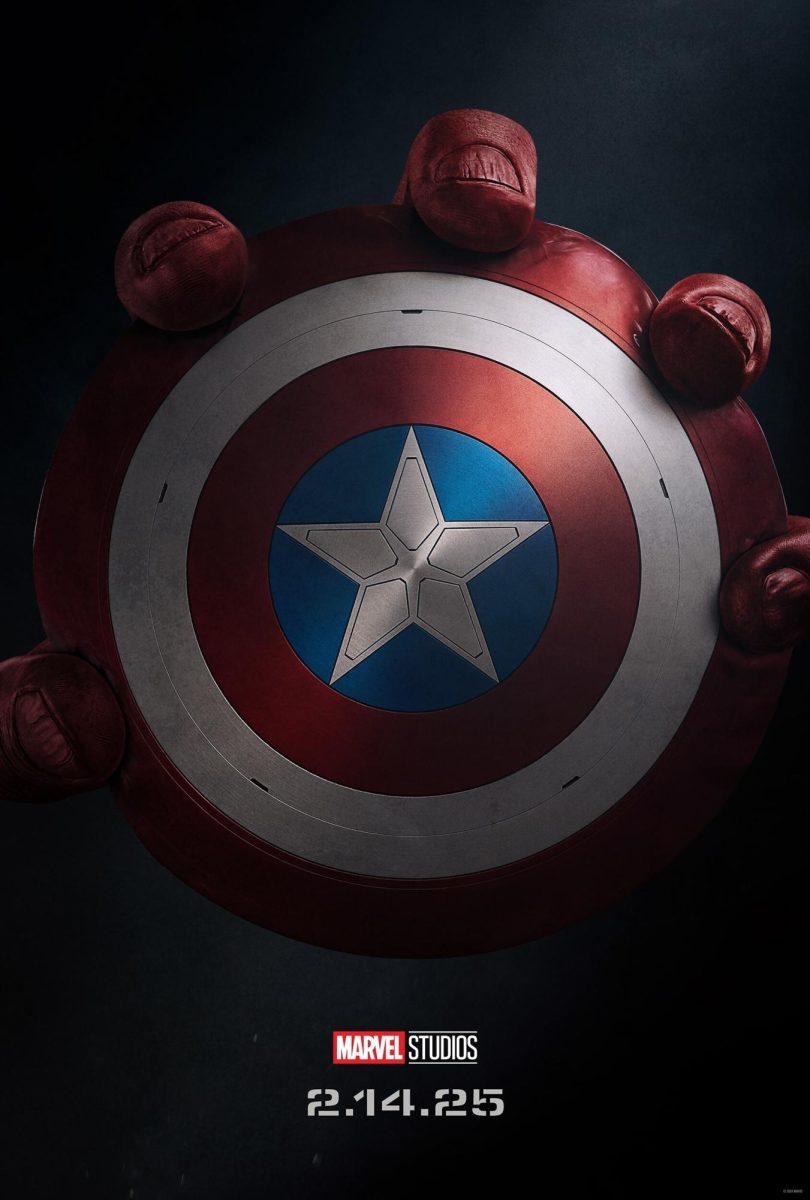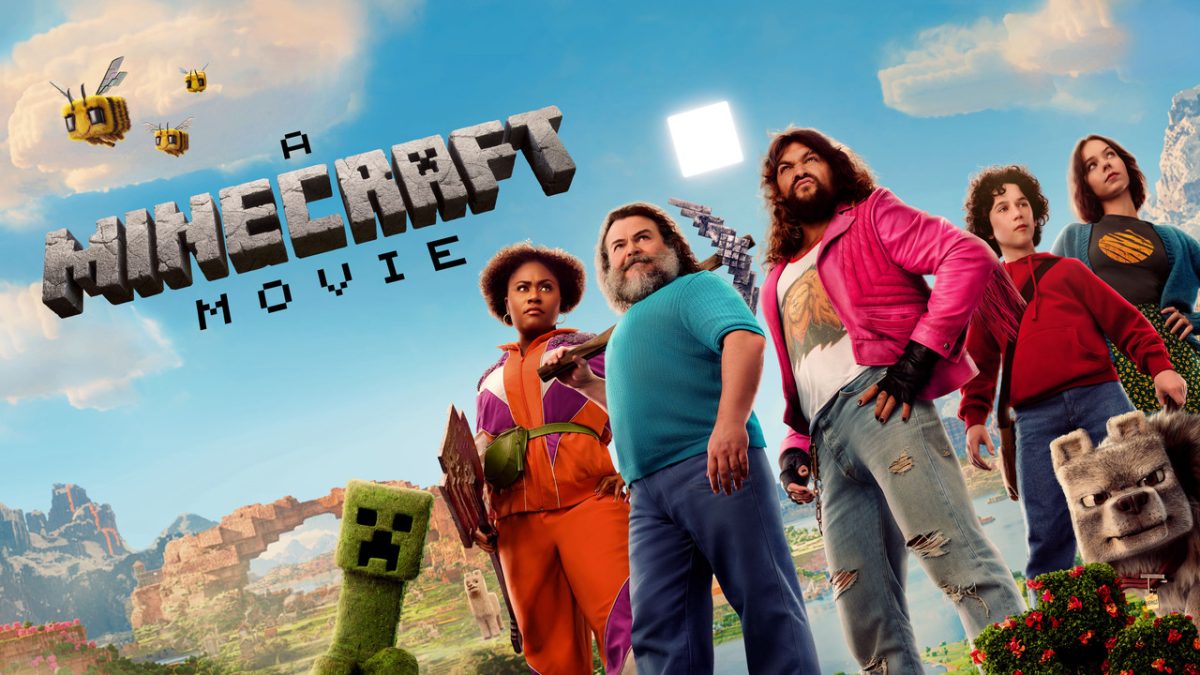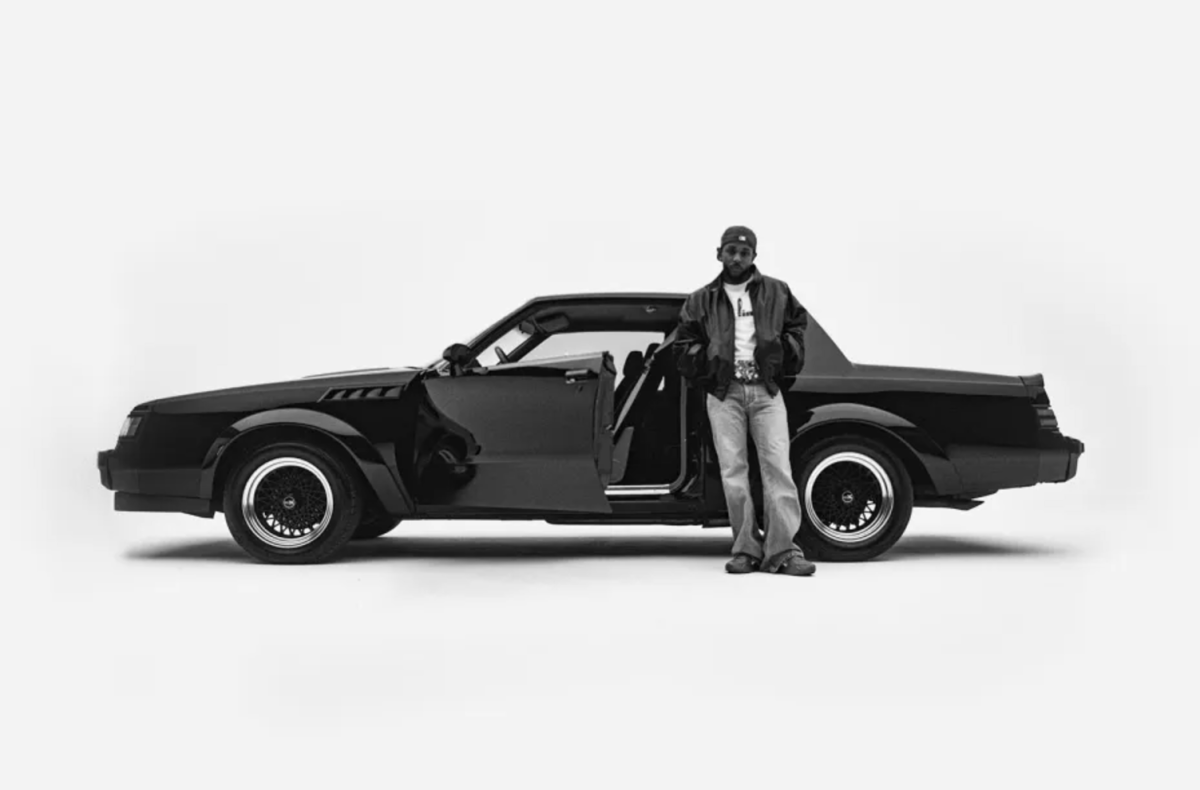This past November, Gladiator II brought the Colosseum back to the big screen nearly 25 years after the release of the original Gladiator in 2000. Ever since the movie’s announcement in 2018, fans worldwide have been anticipating the film’s release. As a longtime fan of Gladiator myself, I can confidently say I was disappointed by the sequel.
The film takes place 15 years after the original and follows Paul Mescal as Lucius as he returns to Rome and ascends the ranks of the arena. In the original movie, Lucius is a young boy, and the nephew of Commodus, the film’s antagonist, but eventually grows to idolize Maximus, the film’s protagonist, who is played by Russel Crowe. Gladiator II reveals that after the power vacuum created by the conclusion of the first film, Lucius was secretly evacuated from Rome for his own safety. Upon his capture and return to Rome, Lucius is thrust into the Colosseum and forced to fight for his life.
What made the original Gladiator so successful was a straightforward and understandable plot that allowed the viewer to easily empathize with Maximus as he sought out revenge for his murdered family. The death of Lucius’s wife in the initial moments of Gladiator II makes it seem as if the writers were attempting to replicate this formula, but constant changes in the plot make it difficult for the viewer to connect with the characters. Lucius initially seeks to kill the general who murdered his wife, but he ends up joining the general’s very cause to liberate Rome from corrupt tyrants. This sharp change happens in a very short period of airtime, making the film seem rushed.
As opposed to the original Gladiator, where Commodus was the villain for the entirety of the film, it seemed as if the true villain of Gladiator II was constantly changing. The role of the primary antagonist hastily shifts from Pedro Pascal (portraying a Roman General) to Joseph Quinn and Fred Hechinger (playing corrupt emperors) and finally to Denzel Washington (playing a cunning Gladiator Master). The lack of a consistent villain further emphasizes the rushed and volatile nature of the film, preventing it from being as emotionally compelling as the original.
Ridley Scott, director of both Gladiator I and II, has received a multitude of critiques following the release of Gladiator II. In addition to the plot elements described above, one of the reasons for this criticism is the large quantity of historical inaccuracies present in the film. Many of the portrayals of historical figures in the film are vastly different from their real selves. Critics also complained about the presence of sharks in the coliseum or newspapers in the city, both of which are anachronistic in their association to ancient Rome.
Scott has previously shown, though, that he does not care what fans think about historical inaccuracies in his films. In an interview with The Times following the release of another movie of his, Napoleon, he said, “Excuse me mate, were you there?”
Scott was also insulted by the film’s cinematographer, John Matheison. Matheison was also the cinematographer on the original film with Scott, so fans would assume that their chemistry would help improve the film. However, Matheison recently went on the DocFix podcast and called Ridley Scott a “lazy” director. Matheison explained that Scott likes to use multiple cameras at a time to finish scenes faster. Matheison claimed that Scott was “impatient,” and added that this style of filming was “not good cinematography.” This clash between two prominent members of the filmmaking process encapsulates the hectic chaotic mess that was Gladiator II.
Overall, Gladiator II shows that sometimes less is more. The rushed plot and poor cinematography all go to show that just because a sequel can be made, it doesn’t have to be.

